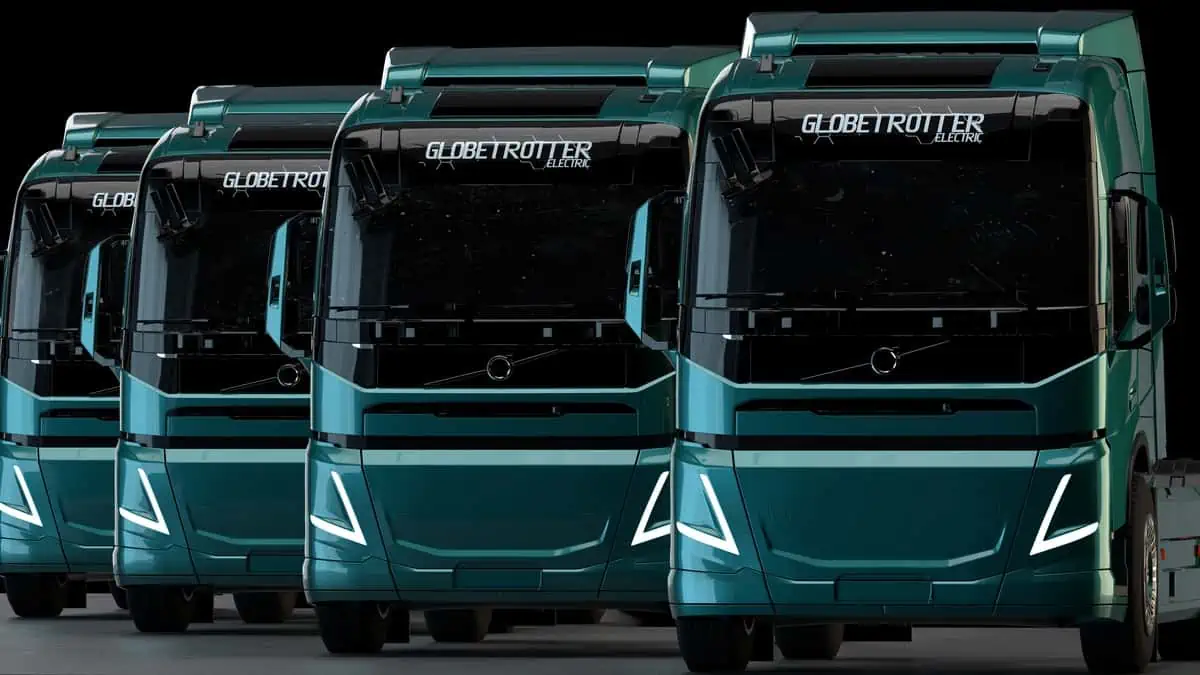Norway, commonly recognized as “EV Utopia,” suffered a significant decline of 80% in its plug-in car sales in the first month of 2023. The Norwegian Road Federation (OFV) noted that the January 2023 results recorded the country’s new low since 1962.
As per the data provided by OFV, Norway saw a year-on-year decline of 77% to 1,860 new car registrations last month. That number also indicates a significant drop of 95% from December 2022’s record of 39,497 units.
New passenger plug-in car registrations in Norway – January 2023
Norway’s plug-in car registrations declined by 80% YoY to 1,419 units in January 2023, representing 76.3% of the overall market.
January 2023 results:
Notably, 23.7% of the overall market comprised gasoline, diesel, and non-rechargeable hybrid vehicle sales in January, marking Norway’s highest record in the segment in over two years.
New passenger plug-in car registrations in Norway – FY 2022
In retrospect, Norway recorded a slight increase in its plug-in car sales of 0.8% to 153,144 units in the full-year 2022. BEV sales saw a YoY increase of 21.6% to 138,292 units. Meanwhile, PHEV sales saw a YoY decline of 61% to 14,857 units.
Plug-in car registrations YTD 2022:
| Sales and Changes | Market Share | |
| BEVs | 138,292, up 21.6% | 79.3% |
| PHEVs | 14,857, down 61% | 8.5% |
| Total | 153,144, up 0.8% | 87.8% |
Top 10 new passenger car registrations in Norway – 2023 YTD
| Modell | Antall | Andel | |
| 1 | Volkswagen ID.4 | 212 | 11.4% |
| 2 | Toyota Yaris | 160 | 8.6% |
| 3 | Skoda Enyaq | 127 | 6.8% |
| 4 | Mazda MX-30 | 122 | 6.6% |
| 5 | Volkswagen ID.3 | 110 | 5.9% |
| 6 | Toyota bZ4X | 93 | 5.0% |
| 7 | Volkswagen Transporter/Caravelle | 66 | 3.5% |
| 8 | Volvo XC40 | 63 | 3.4% |
| 9 | Audi e-tron | 60 | 3.2% |
| 10 | Volvo XC60 | 56 | 3.0% |
The Volkswagen ID.4 dominated Norway’s new passenger car registrations in 2023 YTD, with 212 units. The ICE car Toyota Yaris followed it with 160 sales, while the BEV Skoda Enyaq Iv landed 3rd with 127 units.
The Mazda MX-30 completed the top five as #4 (122), and the Volkswagen ID.3 (110) as #5. Interestingly, there were no Tesla EVs on the list, indicating that the volume of deliveries closed in December 2022.
What caused Norway’s poor performance in the plug-in market?
The war and COVID-19 pandemic adversely affected the sales of plug-in cars in Norway in 2022, as it impeded the automakers’ production and delivery operations, according to the OFV. However, things eased up toward the end of the year. That said, importers and dealers struggled to record as many cars’ registrations and deliveries as possible before 2023.
Apart from that, the VAT for new EVs over NOK 500,000 and the new weight tax for passenger cars are scheduled to take effect from January 1, 2023. As a result, many customers opted to buy their EVs before the end of the year to avoid the major price increase due to the taxes.
“Almost everyone waiting for a new car was waiting for an electric car. Many had waited a very long time, and the desire to get the car before new VAT and excise rules came into force was, of course great.
A large number of the new cars that are now registered were ordered and bought a long time ago, but are only being delivered now. This is how it was in December, and this is how it is every month.”
Øyvind Solberg Thorsen, Information Council for Road Traffic (OFV) Director
Thorsen claims that Norway’s registration and delivery situation is expected to persist in the following month.
“It will be exciting to follow the registration figures throughout the spring.”
Øyvind Solberg Thorsen, Information Council for Road Traffic (OFV) Director






